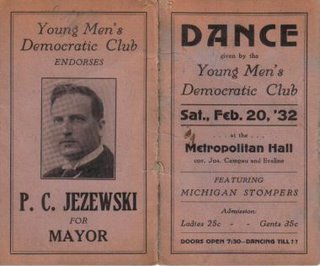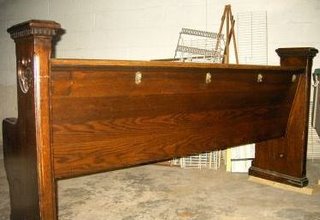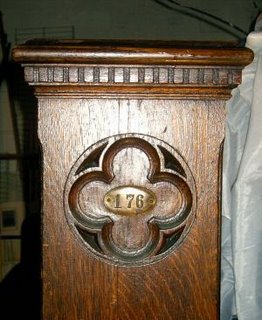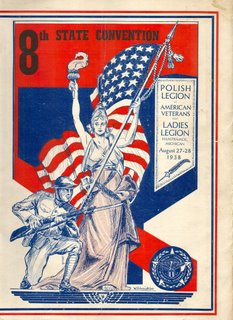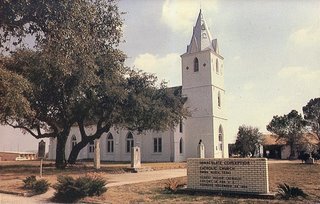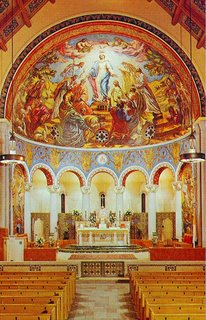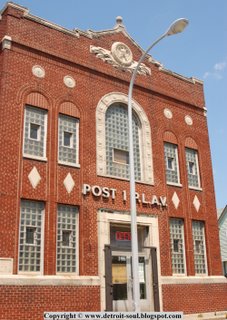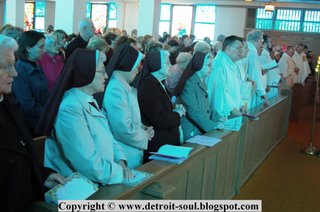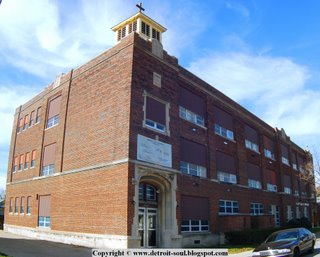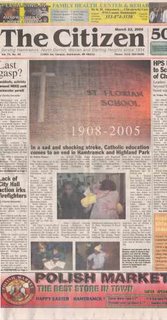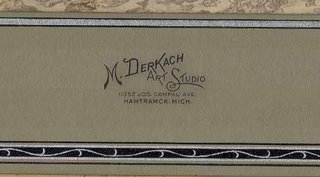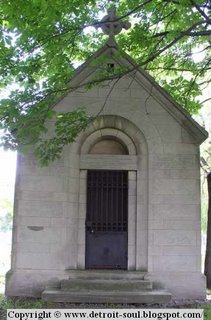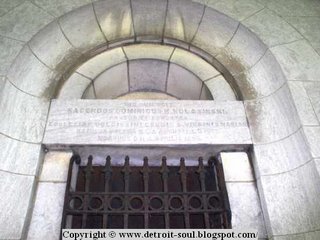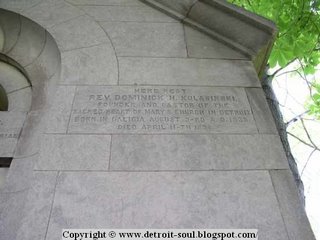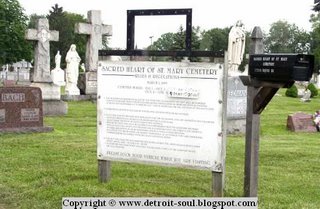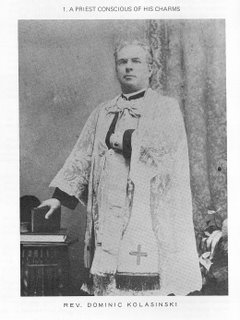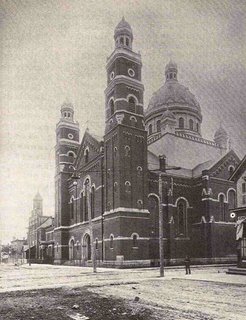
The Polish people are people of great faith and for the most part they are part of the Roman Catholic Church. This home is located at 9801 Winfield in Hamtramck, Michigan more specifically it is located at the SW corner of Winfield and Evaline Sts. And, it is directly west of Zussman Park named for 2nd Lt. Raymond Zussman, Medal of Honor recipient born in Hamtramck, Michigan and entering the service at Detroit, Michigan killed in action on September 12, 1944 at Noroy le Bourg, France during a heroic action commanding two tanks and an infantry against a superior number of enemy Germans. Which in turn is directly west of Hamtramck City Hall that was built as Hamtramck Municipal Hospital later changed St. Francis Hospital.

This particular house doesn’t have one Blessed Mother on its porch. They have two Virgin Mary’s attesting to their faith. And, if you will notice that this house is well taken care of and neat and clean. While I was growing up in my predominately Polish neighborhood, we did have one Russian Lady that lived on the corner and we called her “the Russian Lady”, Saturdays were the day to clean the house on the outside. Everyone, even “the Russian Lady” cleaned their house on the outside in a ritualized manner because everyone was watching and you wanted to make sure your house was as clean as everyone else’s house.
The way it started was that you would get the step ladder, garden hose, a pail with soapy water in it and a broom. You would hose the whole front of the house from the top of the peak all the way down to the sidewalk. Then you would put the step ladder in front of the house and with the soapy water and broom you would start scrubbing the entire front of the house from the second floor on down to the first floor making sure to get the windows extra clean. Then you would go onto the porch with another pail of soapy water and do the same thing except you would clean the front of the porch along with the floor and take it all the way down the steps clean and scrubbing with that broom full of soapy water.

But, that wasn’t it because then you would take a third bucket of soapy water and scrub the sidewalk from the bottom of the porch stairs, down to the main sidewalk and the entire front sidewalk all the way down through the little patch of sidewalk that went from the main sidewalk down to the street. Now, you were all done with the cleaning and scrubbing. All that was left was the rinsing of the soap with the hose and I found this the most fun and satisfying because you could see all the dirt just rinse away. And, that was the Saturday Morning house cleaning ritual. Those were good day! I wonder what “the Russian Lady’s” real name was?
